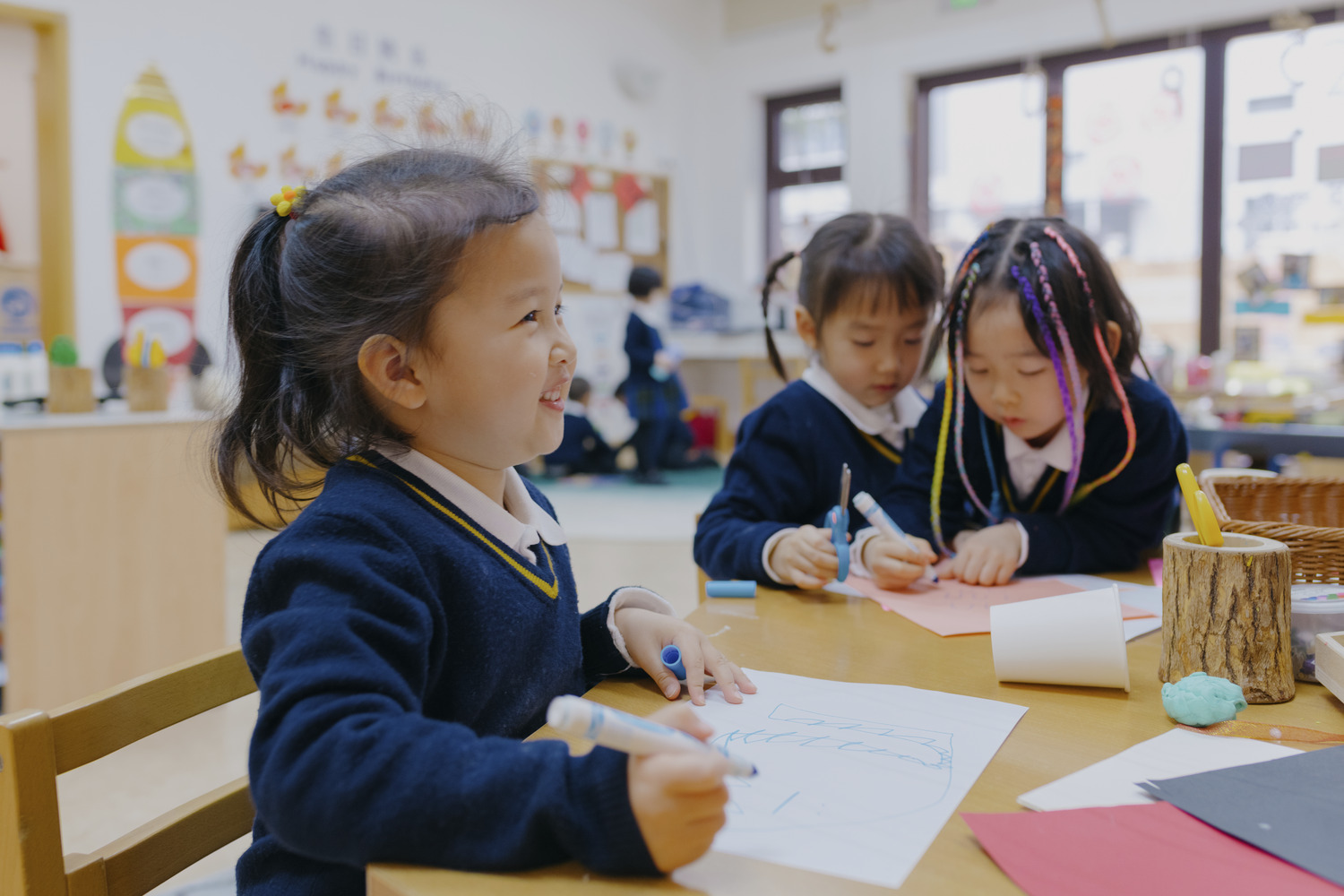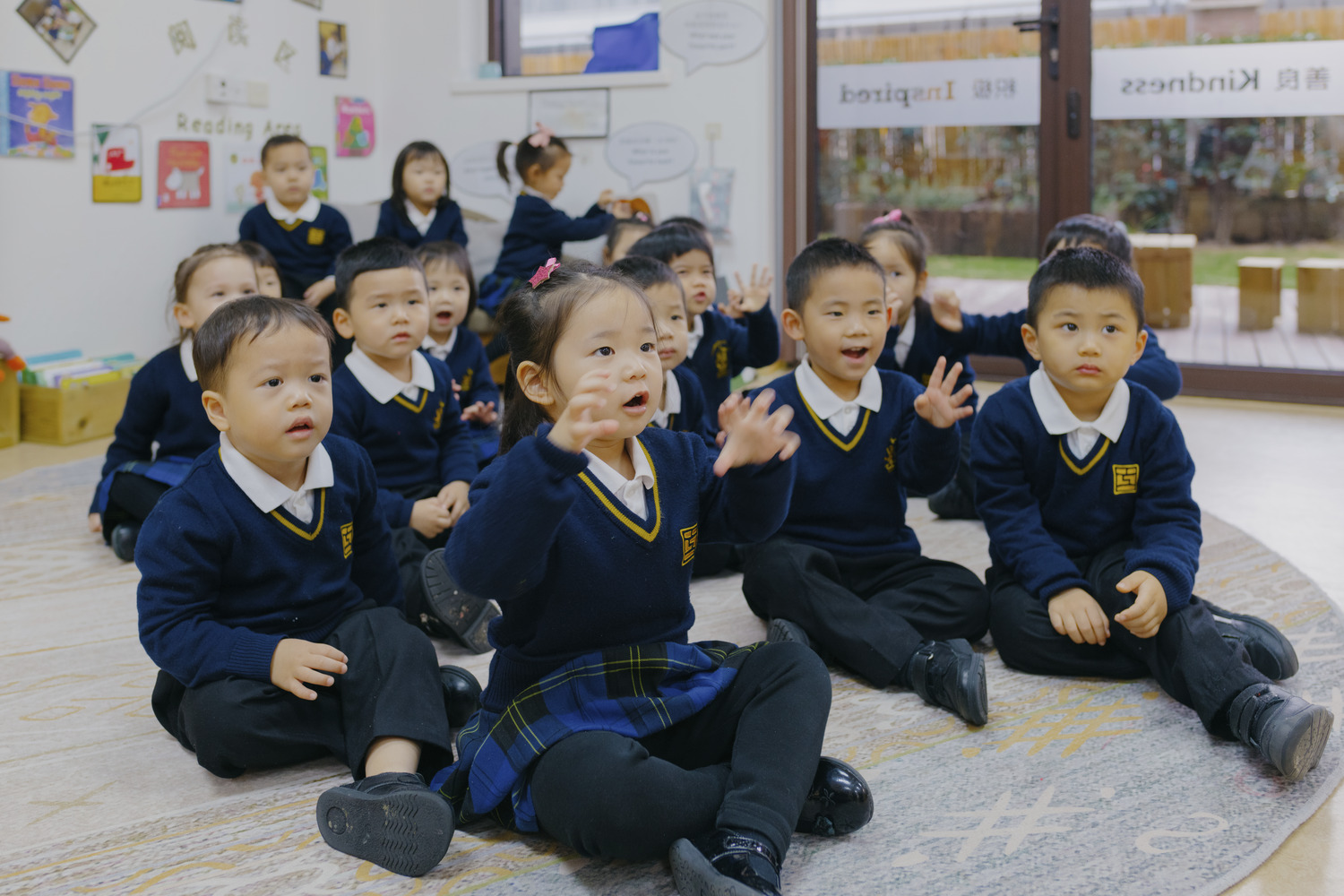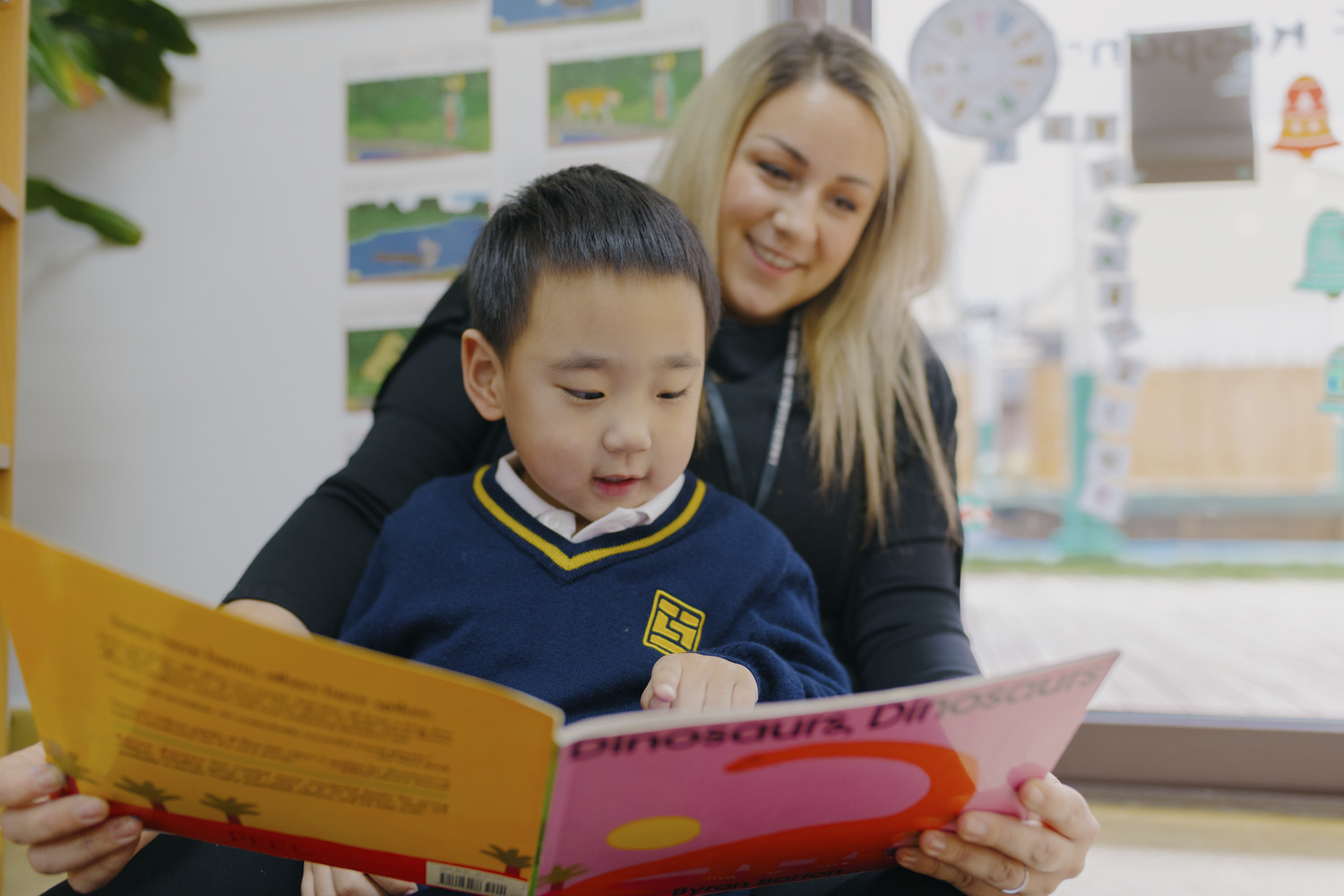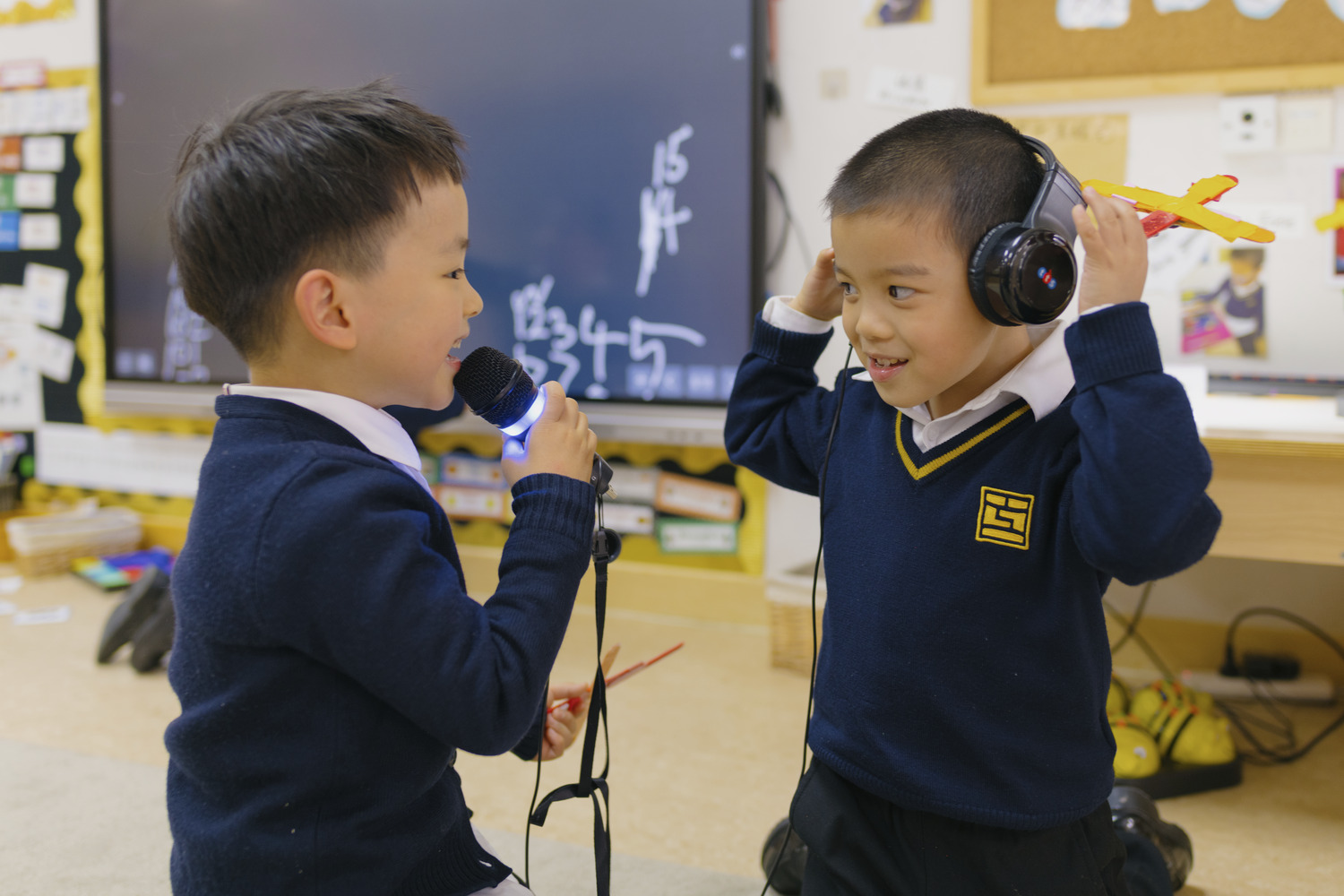
Yuki Gong
Deputy Head of Early Years
In recent years, language acquisition in young children has been a topic of growing interest in Early Years education research. Children acquire languages through socialisation as they learn to befriend others. It can be measured in three ways: how they use the appropriate words to express their interests, the strategies they adopt to converse with others and how they express their ideas in different situations.

Research conducted at Harvard University has concluded that children’s linguistic performance reflects their overall development in cognitive competence, social understanding and language skills.
In other ways, children’s development in language, social ability and cognition are mutually promoted and interwoven. At Hiba Nursery, we focus on children’s language study using the following criteria.
1
Language abilities are taught as a whole
Children are equipped to learn a language from the moment they are born. Their language ability should be developed comprehensively, so their language learning can be viewed holistically.
At Hiba Academy Shanghai, we not only emphasise their listening and speaking abilities, but also prepare them for reading and writing.

2
Language learning is an organic process
Young children learn to use languages through interacting with others. Taking the initiative to understand the meanings of words is an inherent part of their learning process. This is why we provide a variety of opportunities and resources for children to learn languages. We surround them with spoken and written messages. Meanwhile, teachers adopt an ‘organic learning model’ to teaching languages.
3
Language learning should be practical
Effective language learning should not only be measured by whether it is correct or meets certain standards. It should also be relevant to a child's life experiences. Language learning is meaningful to young children when they find it useful, and they can use language to communicate.

They focus on the topic of their communication as well as information they find relevant from the spoken language they hear or the words they see in picture books. They seek meaningful communication when they express what they are learning in oral and written languages. We therefore guide our pupils' language learning in a way that is meaningful, practical and useful to them.
4
Language learning is interdisciplinary
The language symbol systems that children learn serve a dual function. They can be seen as objects to be learned and as tools for learning other content.

Drawing on developmental psychologist Lev Vygotsky's thesis that the principles of learning in any symbolic system are similar, some researchers suggest that different symbolic systems can be applied in the learning process of young children as needed.
We therefore use symbolic tools such as drawing, roleplay, music and dance. This kind of learning breaks down disciplinary constraints and facilitates young children’s cognitive language learning as well as their learning in other related areas.
5
Language learning is an open
and egalitarian process
Effective learning processes can be developed through the concerted efforts of our teachers and pupils. Teachers observe children's interests and design teaching and learning activities based on their observations.

In all activities, the relationship between our pupils and teachers is cooperative and egalitarian. It is the teacher's responsibility to create a positive language learning environment that is not competitive or confrontational. Moreover, teachers must recognise that children learn best when they are empowered to make their own choices.
6
Language learning is a creative process
Language learning should be a simultaneously conservative and innovative process. To be useful, the language that prevails in a social and cultural milieu must be commonly understood, but language is also a product of constant innovation. Young children do not make 'mistakes' in language learning. They 'experiment' and 'innovate'. They will only learn a language effectively if they feel comfortable enough to take risks.

Hiba Nursery’s team of educators strives to encourage young children’s creativity in language learning. We treat them as young readers and creators, providing them with abundant space and resources to practise and build their language abilities.
We do not expect them to be completely correct or perfect when they express themselves. Instead, we give them the freedom to experiment and express themselves freely.